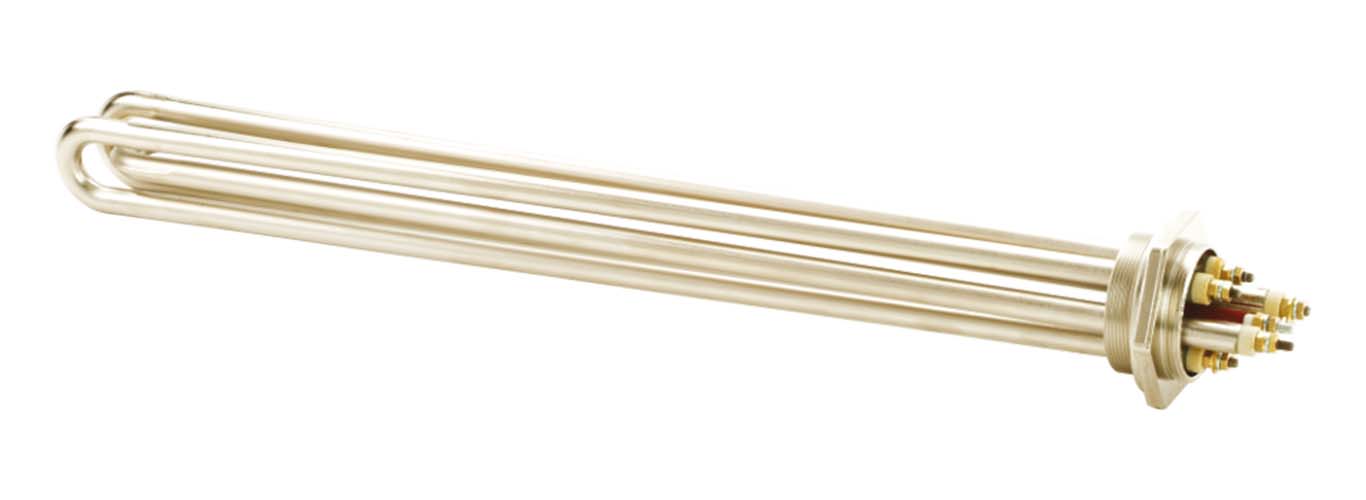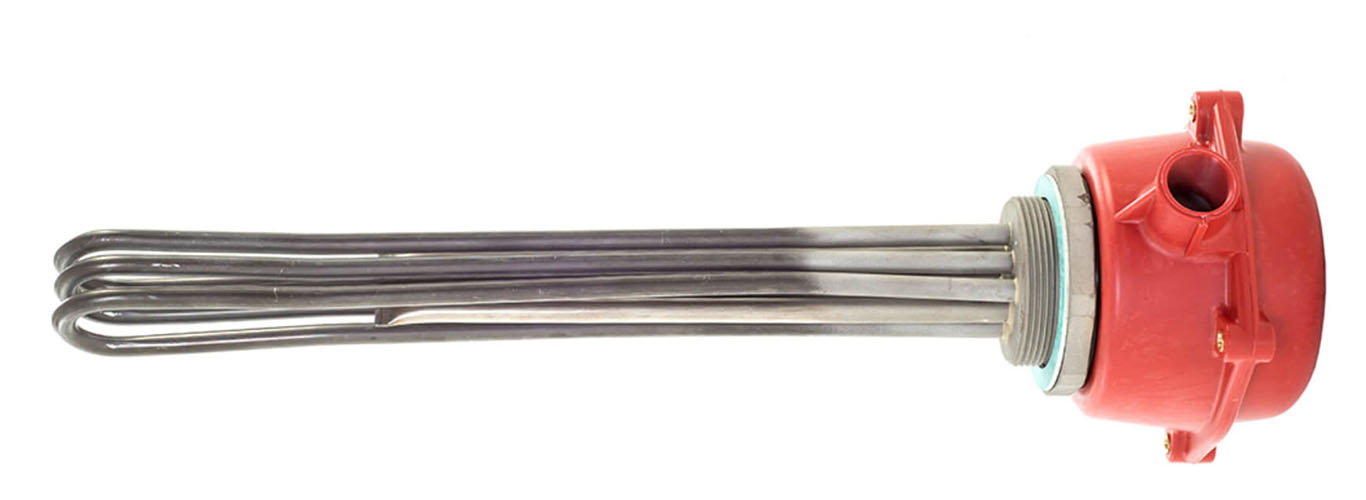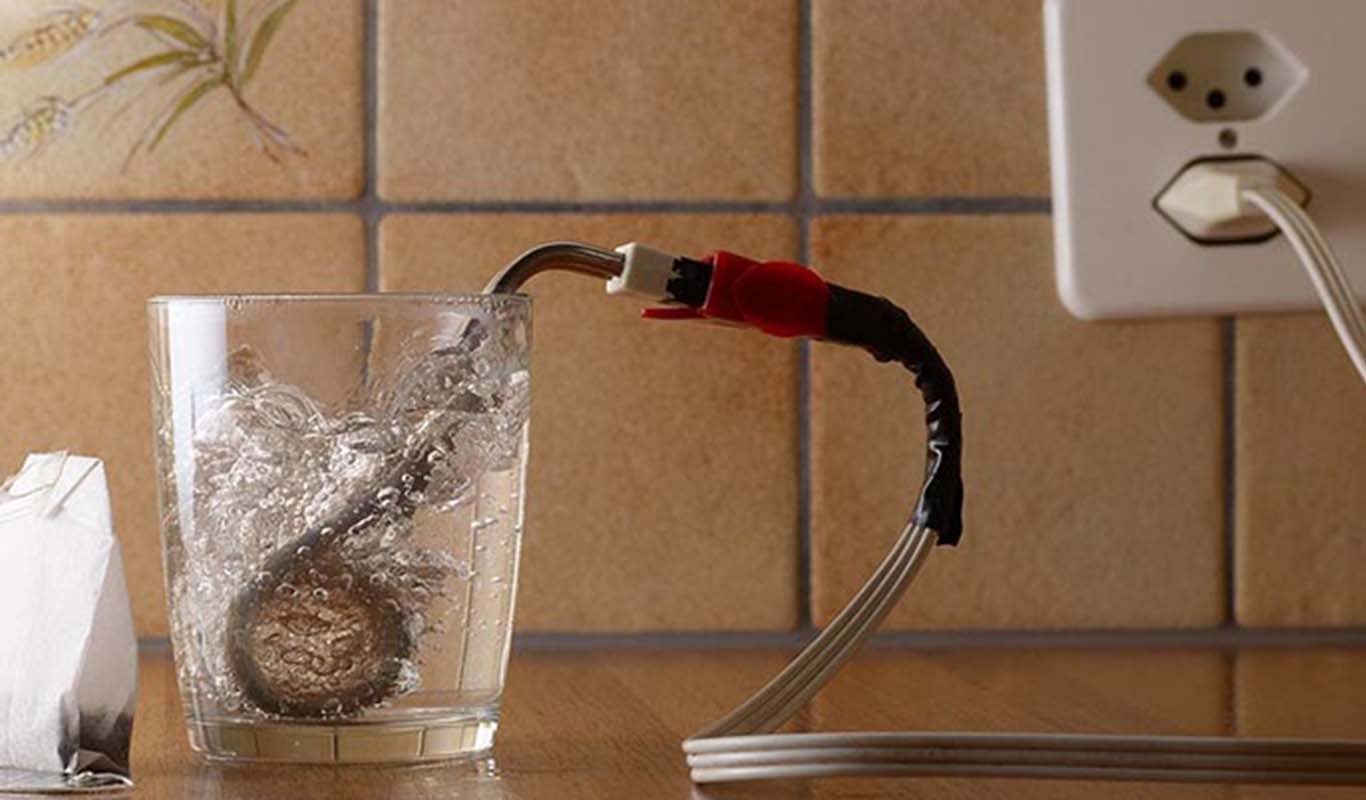An immersion heater is an electric heating element installed inside a hot water cylinder to heat water for domestic or commercial use. It operates independently of a boiler, making it an excellent primary or backup water heating solution for homes and businesses.
How Does an Immersion Heater Work?
An immersion heater works much like a kettle. It is submerged in a hot water tank and connected to the mains electricity supply. When switched on, the heating element warms the surrounding water, maintaining the desired temperature through a thermostat.
Key Components of an Immersion Heater:
🔹 Heating Element – Directly heats the water inside the cylinder
🔹 Thermostat – Controls and maintains the water temperature
🔹 Timer (Optional) – Allows scheduled heating for energy efficiency
🔹 Insulated Water Tank – Stores hot water for later use
Types of Immersion Heaters
🔧 Direct Immersion Heater – Installed inside the water tank, heating water directly
🔧 Indirect Immersion Heater – Works with a boiler system, using a coil to heat water
🔧 Over-the-Side Immersion Heater – Common in industrial applications
🔧 Flanged Immersion Heater – Used in large water storage systems

Advantages of an Immersion Heater
✔ Backup Hot Water Supply – Ensures hot water even if your boiler breaks down
✔ Independent Heating Source – Can be used without central heating
✔ Precise Temperature Control – Set the water temperature with a thermostat
✔ Energy Efficiency (with Timer) – Operates only when needed
✔ Durable & Reliable – Fewer mechanical parts compared to boilers
Disadvantages:
❌ Higher Running Costs – Electricity is often more expensive than gas
❌ Slower Heating Time – Takes longer to heat water than a gas boiler
❌ Manual Operation (Without Timer) – Requires switching on/off manually
How to Use an Immersion Heater Efficiently?
✅ Use a Timer – Program heating cycles to avoid unnecessary energy use
✅ Set the Right Temperature – Keep it between 55-60°C for efficiency
✅ Turn It Off When Not Needed – Saves electricity when hot water is not in use
✅ Regular Maintenance – Prevent limescale buildup for long-term efficiency

Immersion Heater Installation & Repair in North and West London
At A&C Heating and Plumbing Ltd., we provide professional immersion heater installation, repair, and maintenance in:
📍 North London Service Areas:
🏠 Barnet – Finchley, Edgware, Golders Green, Hendon
🏠 Haringey – Tottenham, Wood Green, Crouch End, Muswell Hill
🏠 Camden – Kentish Town, Hampstead, Belsize Park
🏠 Islington – Highbury, Holloway, Archway
🏠 Enfield – Palmers Green, Southgate, Winchmore Hill
📍 West London Service Areas:
🏠 Ealing – Acton, Hanwell, Perivale
🏠 Brent – Wembley, Willesden, Harlesden
🏠 Hammersmith & Fulham – Shepherd’s Bush, Parsons Green
🏠 Kensington & Chelsea – Notting Hill, Earl’s Court
🏠 Hounslow – Chiswick, Isleworth, Brentford
Why Choose A&C Heating and Plumbing Ltd.?
✅ Gas Safe & Fully Certified Engineers – Expertise in electric & gas heating
✅ 24/7 Emergency Repairs – Fast response for immersion heater breakdowns
✅ Fixed & Transparent Pricing – No hidden charges
✅ Servicing All Hot Water Systems – Boilers, cylinders, and electric heaters
✅ Fast & Professional Service – Quick turnaround with minimal disruption
Book Your Immersion Heater Installation or Repair Today!
💧 No hot water? Need a new immersion heater installation or an urgent repair?
📞 Call us now: 0779 559 5757

